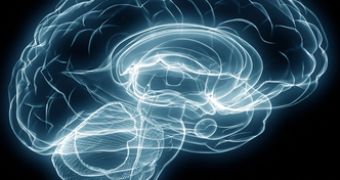A team of researchers now say that they have managed to find the brain region responsible for controlling aging throughout the whole body.
Following their carrying out several experiments on mice, the Albert Einstein College of Medicine at Yeshiva University discovered that these animals' hypothalamus was the one in charge of overseeing their aging.
Because of this, the researchers jokingly decided to refer to it as the fountain of aging.
As explained on the official website for the Albert Einstein College of Medicine, the hypothalamus has long been known to control growth, development, reproduction, and metabolism.
Now that experiments on mice have revealed that this almond-sized structure also influences aging, specialists expect that their findings will eventually help them extend lifespan or at least roll out new means of tackling old-age related diseases.
“Scientists have long wondered whether aging occurs independently in the body’s various tissues or if it could be actively regulated by an organ in the body,” Dongsheng Cai, M.D., Ph.D reportedly said.
“It’s clear from our study that many aspects of aging are controlled by the hypothalamus. What’s exciting is that it’s possible - at least in mice - to alter signaling within the hypothalamus to slow down the aging process and increase longevity,” Dongsheng Cai further detailed his and his fellow researchers' findings.
The same source informs us that, by toying with a so-called NF-κB pathway in the hypothalamus of the laboratory animals they experimented on, the researchers managed to either slow down or up their aging rates.
More precisely, activating the pathway translated into the mice's starting to show clear signs of aging well before their time.
On the other hand, blocking it caused the animals to stay young for a longer period than they normally would have.
A detailed account of this research and its findings was published in yesterday's issue of the scientific journal Nature.

 14 DAY TRIAL //
14 DAY TRIAL //